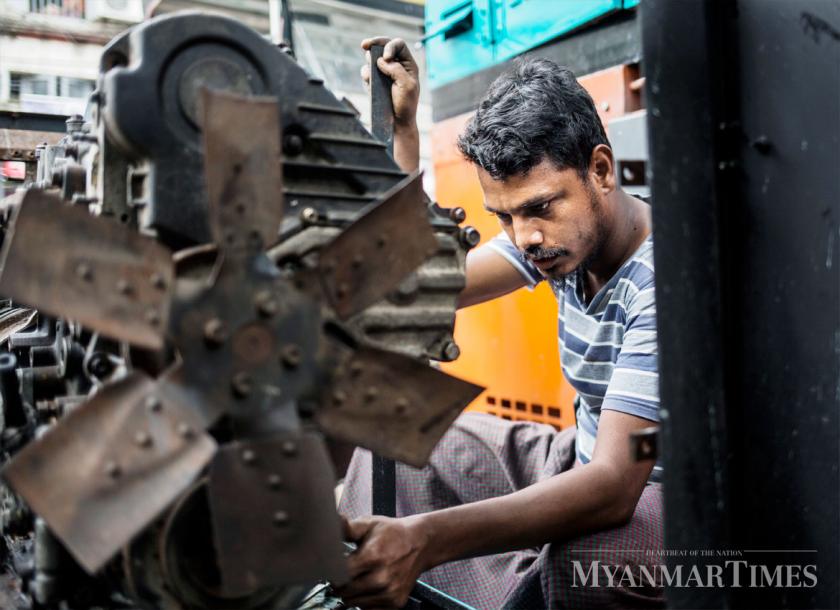Pyidaungsu Hluttaw approved to accept a €30 million interest free loan from Italy to provide electricity in Chin State and other rural areas in Myanmar
21 Aug 2018
Pyidaungsu Hluttaw has approved a €30 million interest-free loan from Italy which will be used to provide electricity to villages in Chin State and other rural areas in Myanmar.
Under its agreement with Italy, Myanmar will begin repaying the loan over a period of 10 years starting 2036. The repayment amount will be €3 million per year, said Dr Aung Thu, Union Minister of the Ministry of Agriculture, Livestock, and Irrigation (MOALI), which will be managing the electrification project.
The private sector will be allowed to participate in the electrification project by distributing power generated by small-scale solar and hydropower systems. The loan will cover 60 percent of the electricity costs, while investors and the public will be expected to split the remaining 40pc. Electricity prices currently range from K350 to K500 per unit. Users will also need to fork out 10pc of the cost for installing solar panels at their homes.
The project is part of the National Electrification Project with the aim of achieving national electrification by 2030. The World Bank has already provided US$400 million in assistance towards that goal. So far though, only 40pc of the estimated 64,000 rural villages enjoy access to electricity.
Foreign debt
While the loan from Italy will help bring the government a little closer towards achieving its goals, the country’s foreign debts are also adding up. As at March 31, Myanmar owed $10.2 billion to 21 foreign countries and institutions, according to the 2018-19 union budget submitted to the Hluttaw. That excludes an additional $40.5 million loan for agriculture from the Asia Development Bank (ADB), which has been proposed by MOALI.
China is Myanmar’s biggest creditor. Almost 40pc of the country’s total debt, or around $4 billion, is currently owed to China. With the interest on some of these loans as high as 4pc however, Myanmar is now borrowing less from China.
Myanmar owes another quarter of its total foreign debt to Japan, from which it will continue to borrow, as interest rates are relatively low compared to other countries. Meanwhile, around 12pc is owed to the World Bank’s International Development Association.
Of the 13 government ministries, the Ministry of Electricity and Energy expends the highest amount of the funds provided by foreign creditors, at around 30pc of total foreign debt as at March 31. The Ministry of Planning and Finance, Ministry of Transportation and Communication and Ministry of Industry also utilise borrowed money to cover their spending. Of the regions and states, Yangon spends the most borrowed money at $21 million, followed by Mandalay.
Budget deficit
What do rising foreign debts mean for the country? U Ye Min Oo, a member of the government’s economic advisory committee, said: “we don’t need to worry too much over foreign loans as the government considers carefully where the funds are dispensed and what benefits they bring before approving the loans,” he said.
Meanwhile, Myanmar’s foreign debt is less than local debts, which at March 31 totaled K20.7 trillion. That is K6.7 trillion more than foreign debt, which is around 33pc of the country’s estimated GDP for 2018-19. In Malaysia, external debt to GDP was around 65pc in 2017, according to CEIC, while in Cambodia, the ratio was around 43pc in 2016.
U Khin Cho, a member of Pyithu Hluttaw’s Public Accounts Committee, said although Myanmar’s foreign debts amount to just one third of the country’s GDP, the government is running on a budget deficit. “That implies more loans will be needed in the future,” he said.
(The Myanmar Times: https://www.mmtimes.com/news/myanmar-accepts-loan-italy-foreign-debt-rises.html )











